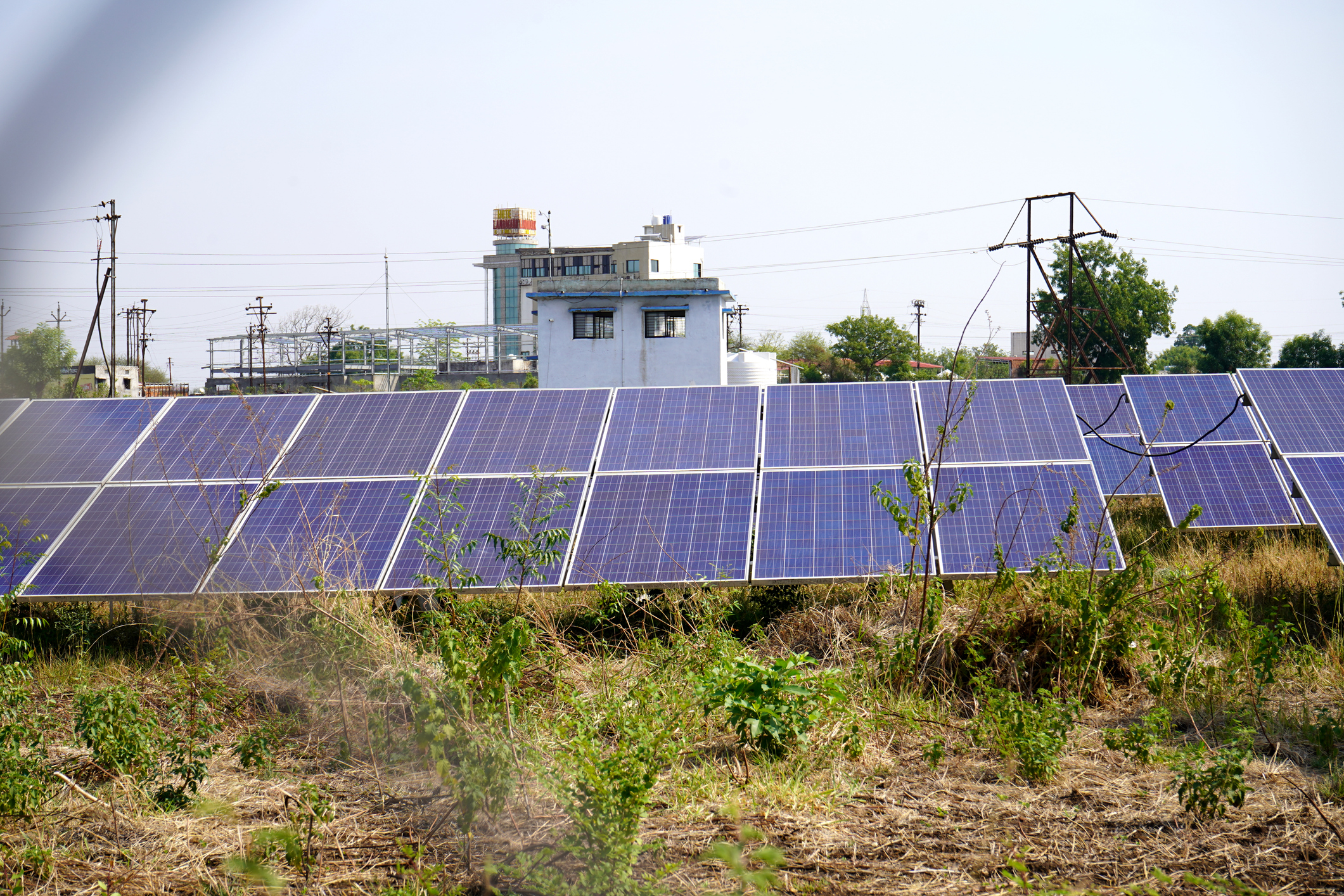PM-Surya Ghar, India’s flagship solar energy initiative, has surpassed 8.5 lakh rooftop installations, marking significant progress toward the goal of powering 10 million households with solar energy, according to Union Minister for New and Renewable Energy, Pralhad Joshi.
Addressing the third India Energy Transition Summit organized by FICCI, Joshi said, “The government aims to achieve 500 GW of renewable energy capacity by 2030, with a long-term vision of 1,800 GW by 2047. This target would position India as a global leader in renewable energy while meeting its energy needs and contributing to global decarbonization efforts.”
He highlighted the notable growth in the sector, with India’s renewable energy capacity rising from 75 GW in 2014 to over 220 GW. “This initiative, combined with ongoing policy support and financial backing, positions India as a leader in the clean energy transition,” Joshi said.
Joshi emphasized the importance of energy security, stable financing, and robust policies for continued progress. He also noted India’s strides in green hydrogen development and underscored the role of state governments, financial institutions, and stakeholders in overcoming challenges like land acquisition and policy execution.
M. Nagaraju, Secretary of the Department of Financial Services, Ministry of Finance, outlined the financial roadmap for India’s energy transition. “Mobilizing ₹33 lakh crore for India’s energy goals is a formidable challenge, requiring a multi-pronged approach involving public sector banks, global financial institutions, and private capital,” he said.
He added that while ₹10 lakh crore would come from public sector banks, the remaining ₹23 lakh crore would need to be raised through innovative financing instruments such as green bonds and structured debt solutions.
Joshi assured stakeholders that the government is actively addressing financing and policy hurdles through regular consultations with all relevant parties. “India is on track to become a global leader in renewable energy, with continuous efforts to accelerate the country’s energy transition,” he concluded.
(Inputs from IANS)














